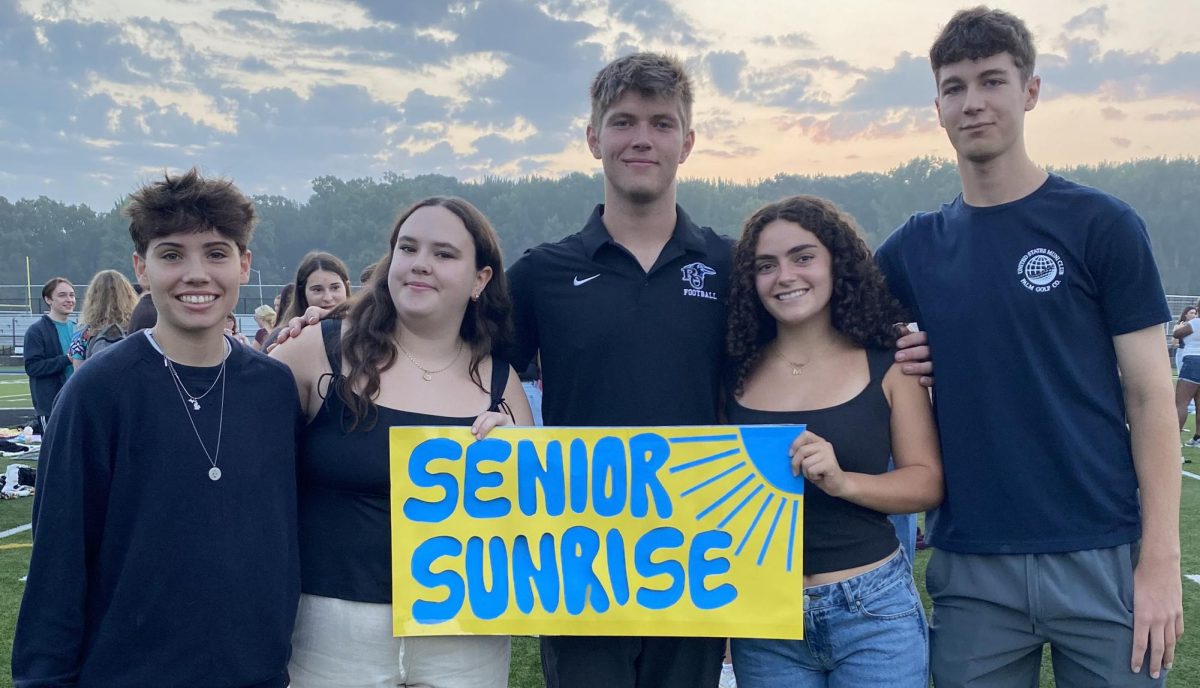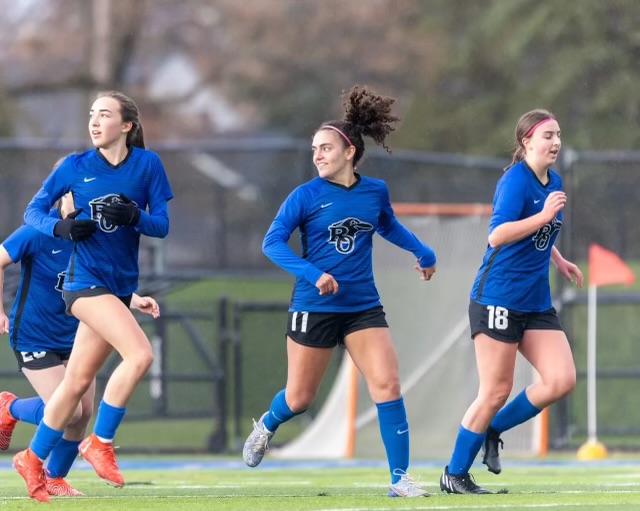IEPs and 504s are used to support and further an individual’s needs in education, and both are used to help students in need and students with disabilities. They make sure that the playing field is leveled and the student is able to get the best and the most out of their education.
The difference between 504 and IEPs is explained by the Michigan Alliance for Families in the following way:
“A 504 Plan is not an Individualized Education Program (IEP). An IEP requires more specialized instruction. Section 504 does not provide funding for special education or related services.”
What is a 504?
The history of 504s and IEPs is something that dates further back in the history of education than one may think. 504 plans were a part of the Rehabilitation Act of 1973, which was created to stop discrimination against those who have disabilities in school.
“A 504 is a legal document which provides formal accommodations to students with disabilities who are substantially limited by those disabilities within the school setting,” said ROHS school psychologist Carmon Brown.
What is an IEP?
An IEP stands for Individualized Education Program, and like the name states, it is something that is individual and done specifically for a student. According to the National Center for Education Statistics, 81,588 students in the state of Michigan have an IEP.
Brown stated that, “An IEP is a legal document which provides special education programs and services to students with disabilities, whose disabilities do not allow them to progress through the general education curriculum without special education supports.”
Conclusion
Both 504s and IEPs are provided based on certain criteria and evaluations. While the 504 ensures that a student has equitable access in the school environment, the IEP is specific to an individual student, and includes direct services such as speech or occupational therapy. IEPs and 504s are put into place once it has been determined that students quality for them, which means that a student must demonstrate a need for these supports, as opposed to just wanting them. While they share some differences and similarities, at the end of the day, they are simply supports that can be put into place in order to help and make sure that all students get the same opportunities and a fair and equal chance to do their best.






























